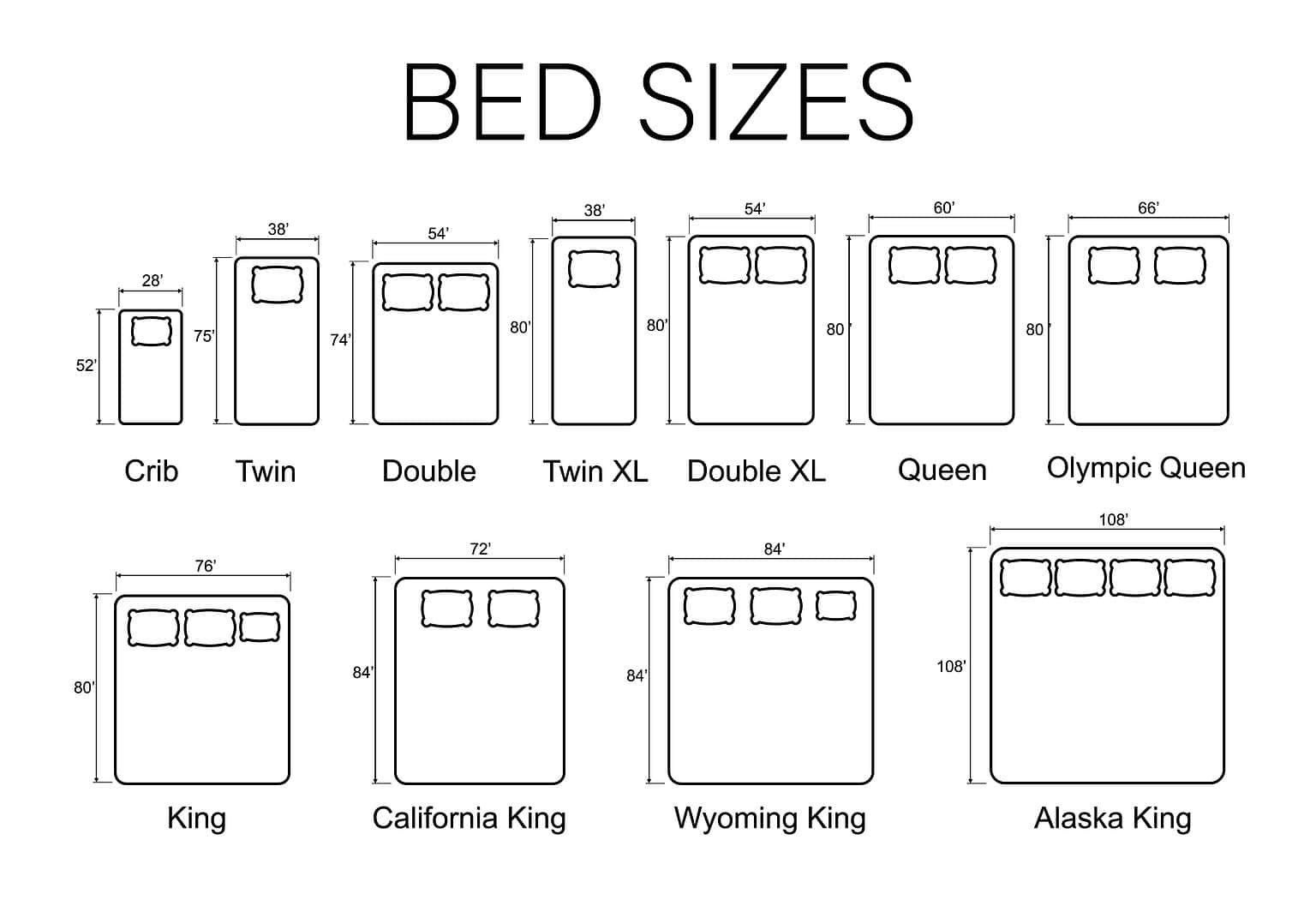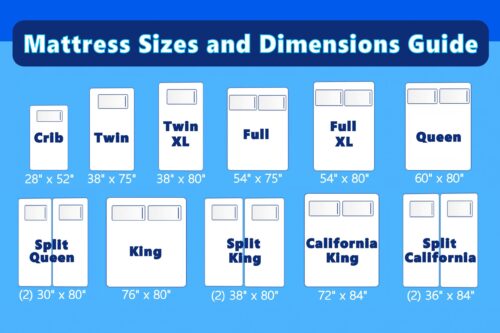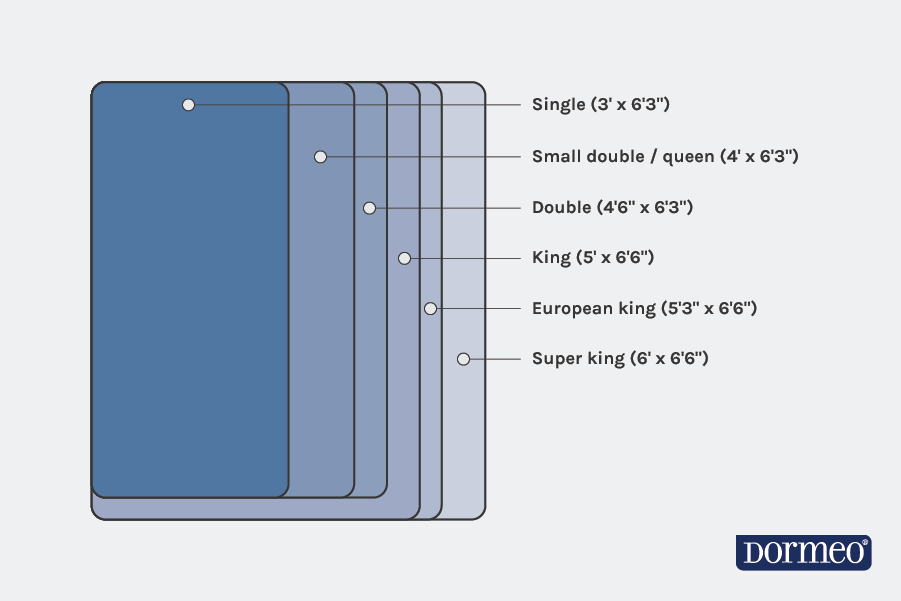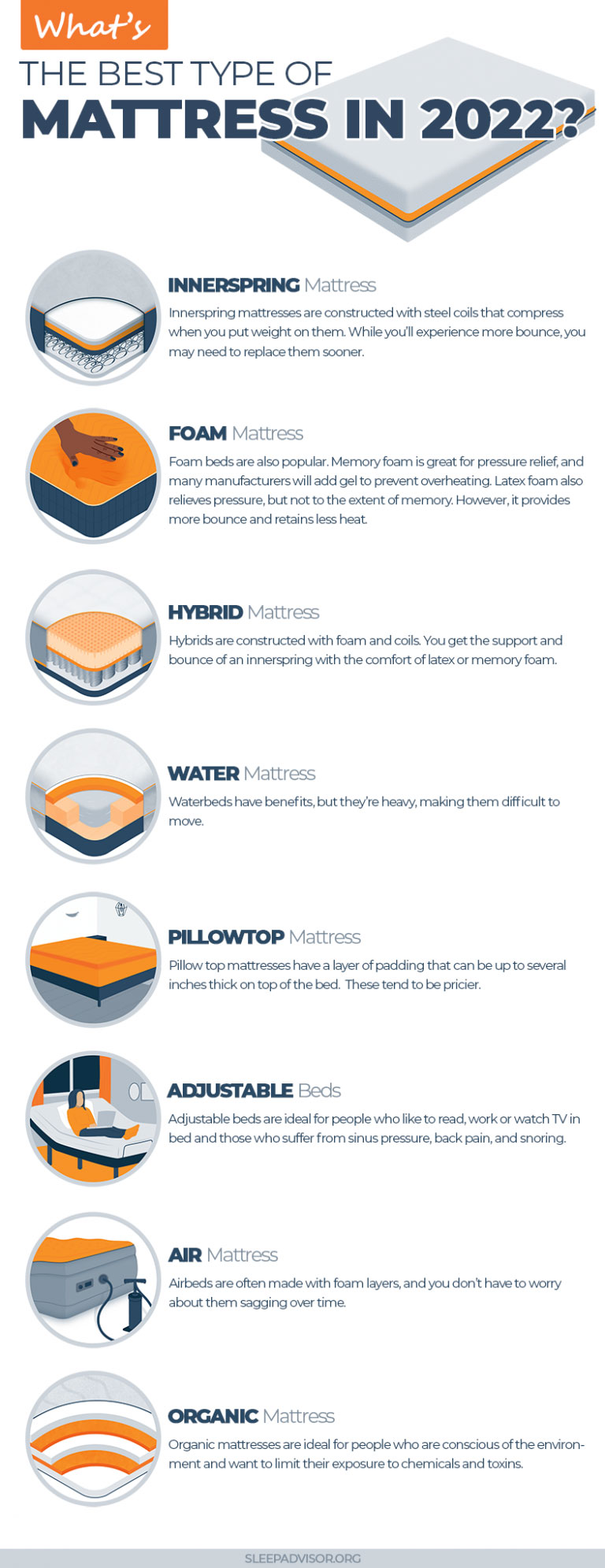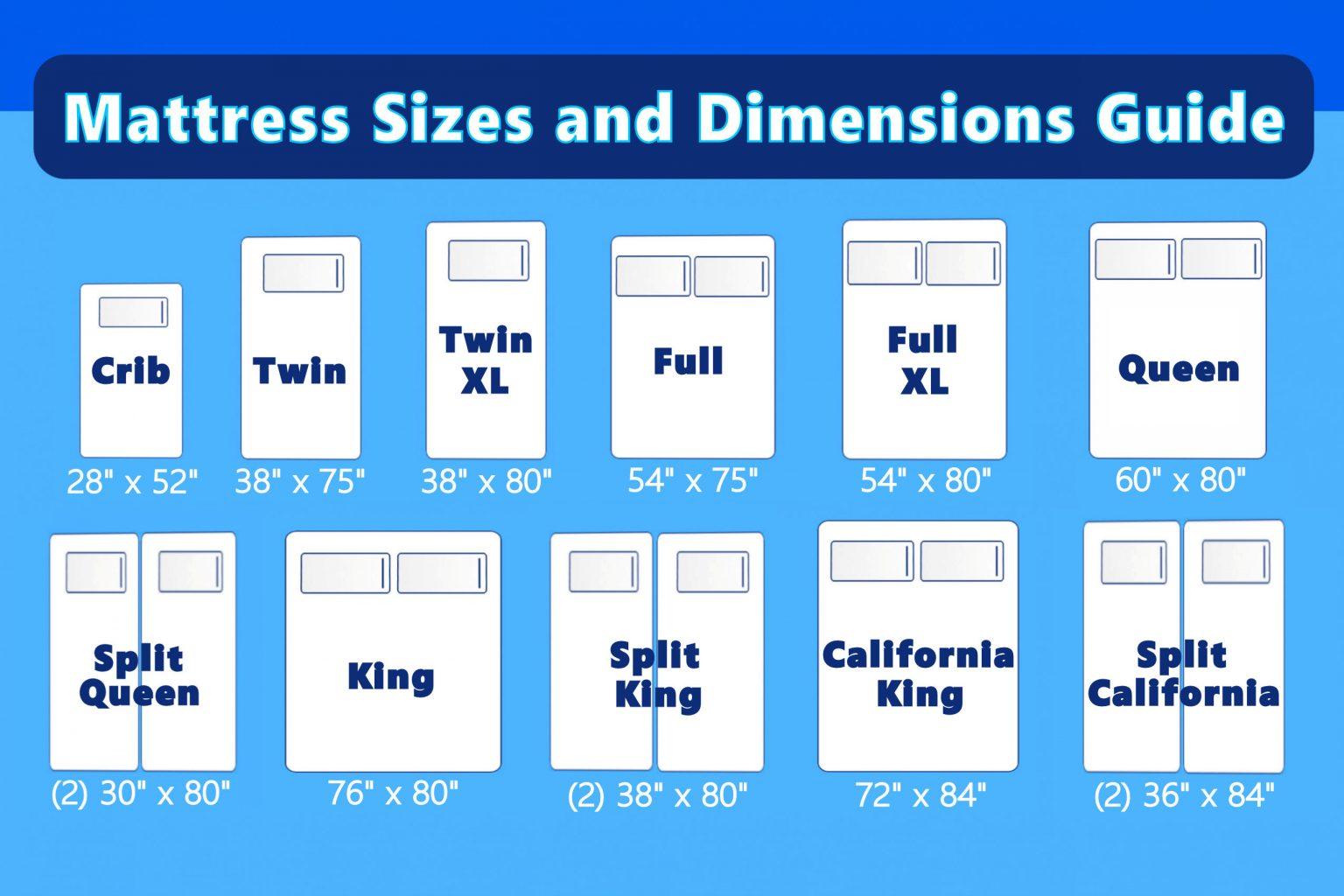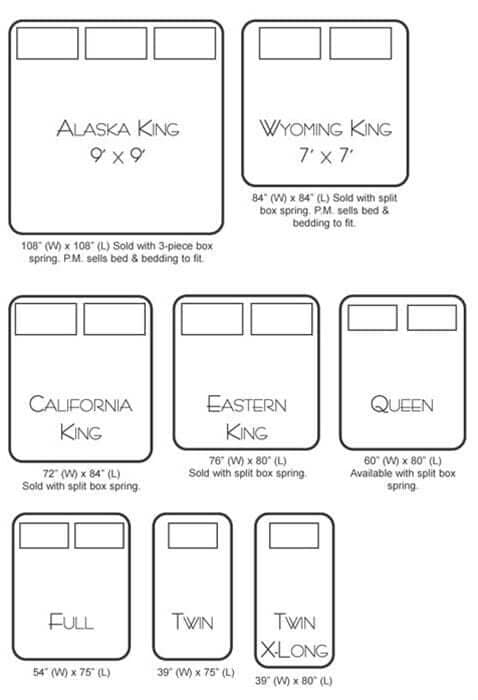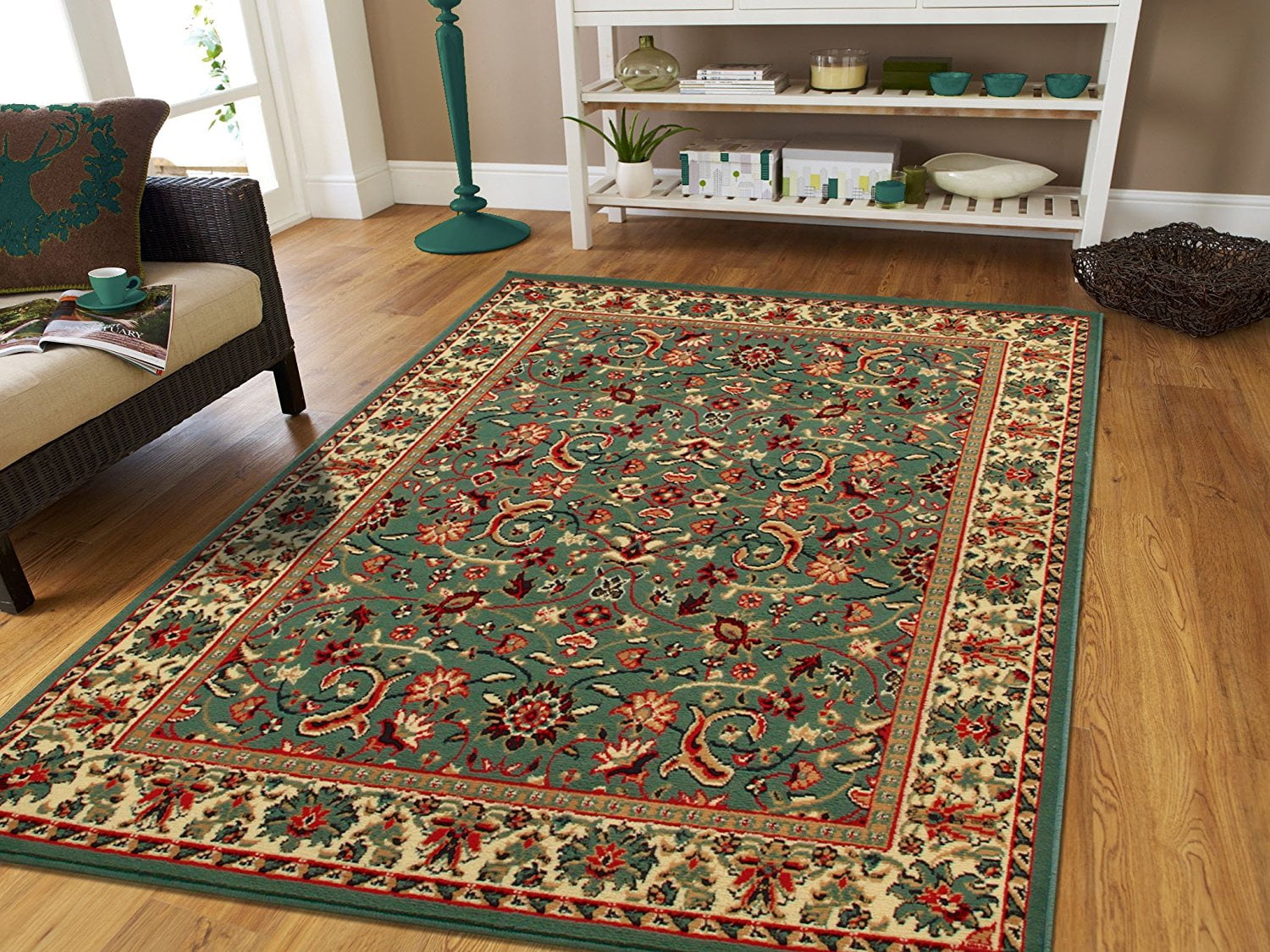When it comes to finding the perfect mattress, size matters. And for those living in Europe, it can be confusing to navigate the different mattress sizes available. In this complete guide, we'll break down everything you need to know about European mattress sizes so you can make an informed decision when it's time to buy.European Mattress Sizes: A Complete Guide
European mattress sizes are different from standard US sizes, so it's important to know the measurements before making a purchase. The following is a comprehensive list of the most common European mattress sizes: Single: 90cm x 200cm (35.4 inches x 78.7 inches) Small Double: 120cm x 200cm (47.2 inches x 78.7 inches) Double: 140cm x 200cm (55.1 inches x 78.7 inches) King: 160cm x 200cm (63 inches x 78.7 inches) Super King: 180cm x 200cm (70.9 inches x 78.7 inches)European Mattress Sizes: A Comprehensive List
One of the main differences between European and US mattress sizes is the width. European sizes tend to be slightly narrower, so keep this in mind when choosing a size. It's also important to note that European sizes can vary slightly between countries, so always double check the measurements before making a purchase.European Mattress Sizes: What You Need to Know
If you're not familiar with European sizes, it can be helpful to compare them to the standard US sizes. Here is a comparison of the most common sizes: Single: US Twin (39 inches x 75 inches) Small Double: US Full (54 inches x 75 inches) Double: US Queen (60 inches x 80 inches) King: US King (76 inches x 80 inches) Super King: US California King (72 inches x 84 inches)European Mattress Sizes: The Ultimate Comparison
When it's time to buy a new mattress, it's important to consider your individual needs and preferences. Here are some tips to help you choose the right European mattress size for you: Consider your sleeping habits: If you tend to move around a lot in your sleep, you may want to opt for a larger size to give yourself more room to stretch out. Think about your bedroom space: Make sure to measure your bedroom and leave enough space for other furniture. If you have a smaller room, a smaller size may be a better fit. Take into account your body size: If you are taller or have a larger build, you may want to choose a size that provides more room for you to sleep comfortably. Consider your partner: If you share a bed with a partner, it's important to take their sleeping habits and preferences into account as well when choosing a size.European Mattress Sizes: A Buyer's Guide
Now that you have a better understanding of the different European mattress sizes, let's dive a little deeper into each size and its dimensions: Single: The single size is the smallest European mattress size and is perfect for children or single adults. It measures 90cm x 200cm and is also known as a twin size. Small Double: Slightly larger than a single, the small double measures 120cm x 200cm and is ideal for one person who wants a little extra room or for couples who have limited space in their bedroom. Double: The double size is a popular choice for couples or individuals who want more space to sleep comfortably. It measures 140cm x 200cm. King: The king size is a spacious option for couples who want more room to spread out. It measures 160cm x 200cm. Super King: The super king is the largest of the European sizes and provides ample room for couples or individuals who prefer a lot of space. It measures 180cm x 200cm.European Mattress Sizes: Explained
In addition to the standard sizes mentioned above, there are also variations of the European sizes that are less common but still worth mentioning: Small Single: This size is slightly smaller than a single and measures 80cm x 200cm. It's a good option for children or smaller adults. King Long: Similar to the US California King, this size is longer than the standard king size and measures 160cm x 210cm. It's a good choice for taller individuals. Emperor: This size is larger than a super king and measures 200cm x 200cm. It's a good choice for those who want a truly luxurious and spacious sleep experience.European Mattress Sizes: The Basics
With so many different sizes to choose from, it can be overwhelming to decide which one is right for you. Here are some additional factors to consider when making your decision: Comfort: Ultimately, the most important factor is finding a size that is comfortable for you. If you feel cramped or restricted in your current mattress, it may be time to upgrade to a larger size. Price: Keep in mind that larger sizes will typically cost more, so it's important to consider your budget when making a decision. Available bedding and accessories: It's important to note that European sizes may not be as readily available as standard US sizes, so make sure you can easily find bedding and accessories in the size you choose.European Mattress Sizes: How to Choose the Right One
There are a few common misconceptions when it comes to European mattress sizes. Here are some of the most common ones: "European sizes are the same as UK sizes." While UK sizes are technically considered European sizes, they do have some slight differences. For example, a UK double is slightly smaller than a European double. "European sizes are smaller than US sizes." While this is true in some cases, it's not always the case. As mentioned earlier, European sizes can vary between countries, so it's important to check the measurements before assuming they are smaller.European Mattress Sizes: Common Misconceptions
Now that you have a better understanding of European mattress sizes, here are some tips to help you find the perfect fit: Measure your bed frame: Before purchasing a new mattress, make sure to measure your bed frame to ensure the mattress will fit properly. Consider the room layout: If you have a smaller room, a larger mattress may make the space feel cramped and uncomfortable. Take into account the layout of your room when choosing a size. Try it out: If possible, try out different mattress sizes in a store to get a feel for how much space you need to sleep comfortably.European Mattress Sizes: Tips for Finding the Perfect Fit
The Benefits of Choosing a Mattress with European Sizes for Your Bedroom
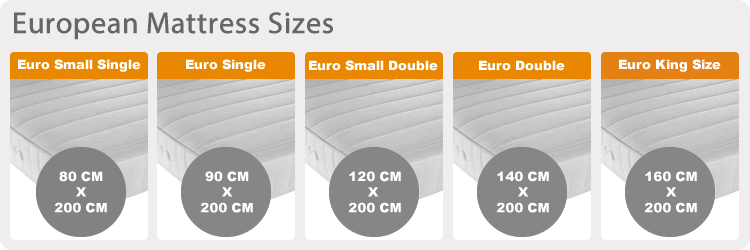
Upgrade Your Bedroom with a European-Sized Mattress
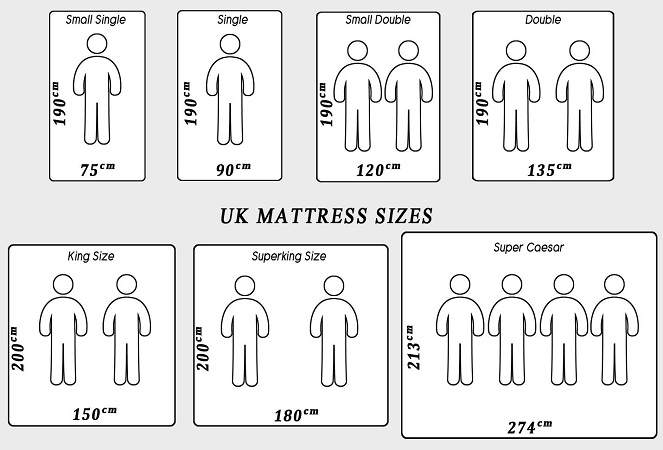 When it comes to designing your bedroom, choosing the right mattress is a crucial decision. Not only does it affect your quality of sleep, but it also plays a vital role in the overall aesthetic of your room. With the rise in popularity of European-style bedrooms, many are opting for
mattresses with European sizes
to elevate their sleeping experience. In this article, we will discuss the numerous benefits of choosing a
European-sized mattress
for your bedroom.
When it comes to designing your bedroom, choosing the right mattress is a crucial decision. Not only does it affect your quality of sleep, but it also plays a vital role in the overall aesthetic of your room. With the rise in popularity of European-style bedrooms, many are opting for
mattresses with European sizes
to elevate their sleeping experience. In this article, we will discuss the numerous benefits of choosing a
European-sized mattress
for your bedroom.
Experience Ultimate Comfort and Support
 European-sized mattresses are known for their
luxurious and comfortable
design. These mattresses are typically larger than standard-sized mattresses, providing you with more space to move around and find your perfect sleeping position. The extra space also allows for better weight distribution, giving you the
support and pressure relief
your body needs for a restful night's sleep. With a European-sized mattress, you can say goodbye to cramped and uncomfortable sleeping conditions.
European-sized mattresses are known for their
luxurious and comfortable
design. These mattresses are typically larger than standard-sized mattresses, providing you with more space to move around and find your perfect sleeping position. The extra space also allows for better weight distribution, giving you the
support and pressure relief
your body needs for a restful night's sleep. With a European-sized mattress, you can say goodbye to cramped and uncomfortable sleeping conditions.
Variety of Sizes to Choose From
 One of the main advantages of
mattresses with European sizes
is the variety of sizes available. From the spacious Super King to the compact Single, there is a European-sized mattress for every bedroom. These mattresses also come in unique sizes, such as the Euro Double and Euro King, which are slightly larger than their standard counterparts. This variety gives you the flexibility to choose the perfect size for your bedroom, ensuring maximum comfort and functionality.
One of the main advantages of
mattresses with European sizes
is the variety of sizes available. From the spacious Super King to the compact Single, there is a European-sized mattress for every bedroom. These mattresses also come in unique sizes, such as the Euro Double and Euro King, which are slightly larger than their standard counterparts. This variety gives you the flexibility to choose the perfect size for your bedroom, ensuring maximum comfort and functionality.
Elevate Your Bedroom Aesthetics
 Not only do European-sized mattresses provide ultimate comfort and support, but they also add a touch of elegance and sophistication to your bedroom. These mattresses are designed with
high-quality materials
and come in a range of styles, from traditional to modern, to complement any bedroom decor. With a European-sized mattress as the centerpiece of your bedroom, you can effortlessly create a luxurious and inviting space to relax and unwind.
Not only do European-sized mattresses provide ultimate comfort and support, but they also add a touch of elegance and sophistication to your bedroom. These mattresses are designed with
high-quality materials
and come in a range of styles, from traditional to modern, to complement any bedroom decor. With a European-sized mattress as the centerpiece of your bedroom, you can effortlessly create a luxurious and inviting space to relax and unwind.
Conclusion
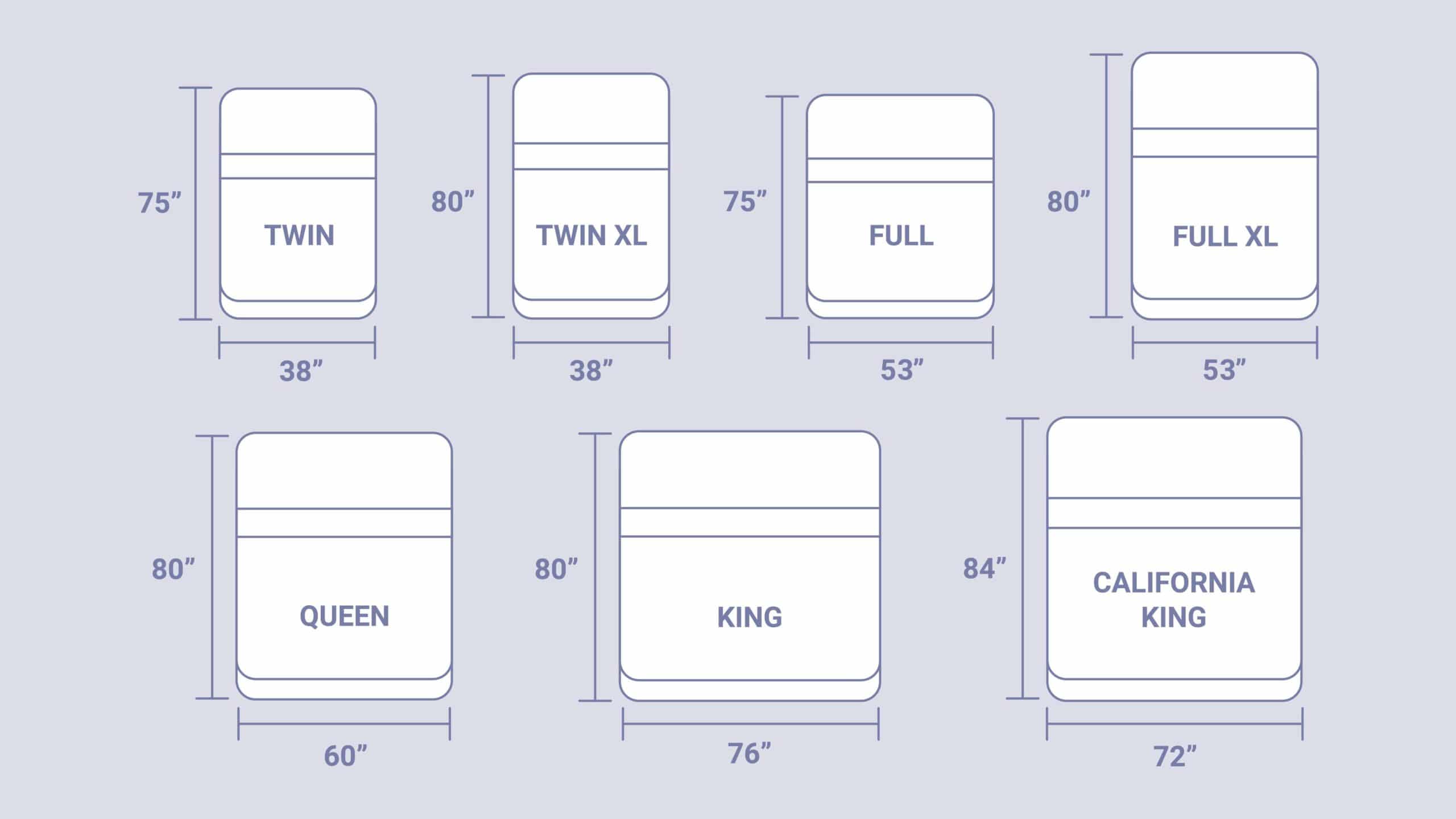 In conclusion, choosing a
mattress with European sizes
for your bedroom brings numerous benefits. From increased comfort and support to a variety of sizes and elevated aesthetics, these mattresses are a perfect addition to any bedroom. Upgrade your sleeping experience and transform your bedroom into a European-style haven with a
European-sized mattress
.
In conclusion, choosing a
mattress with European sizes
for your bedroom brings numerous benefits. From increased comfort and support to a variety of sizes and elevated aesthetics, these mattresses are a perfect addition to any bedroom. Upgrade your sleeping experience and transform your bedroom into a European-style haven with a
European-sized mattress
.














